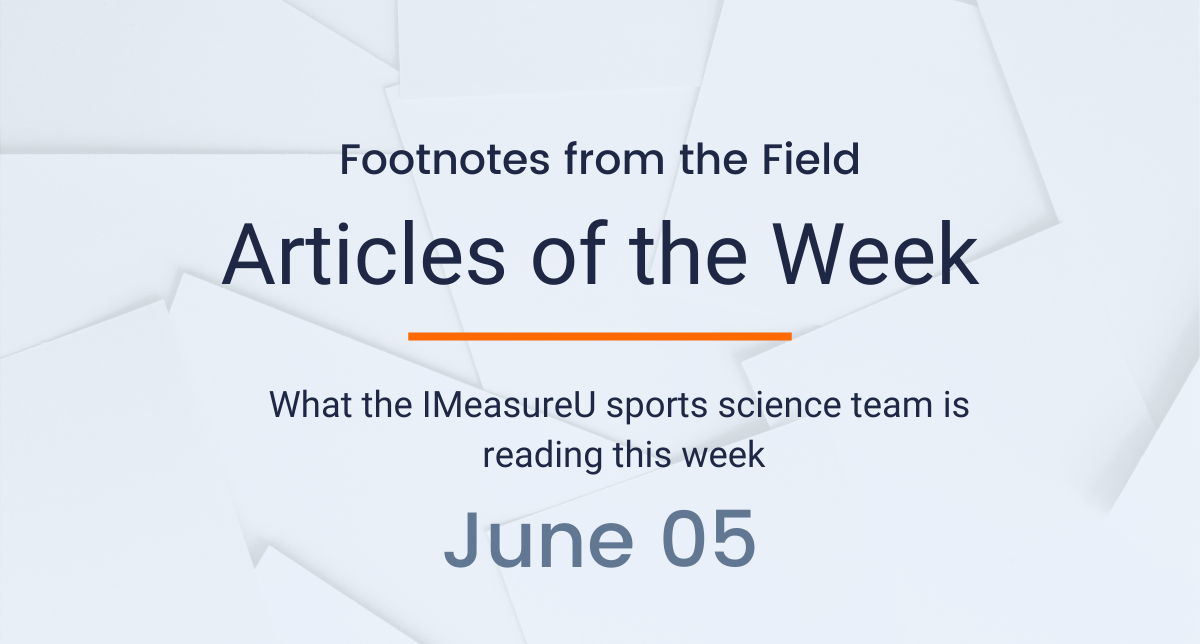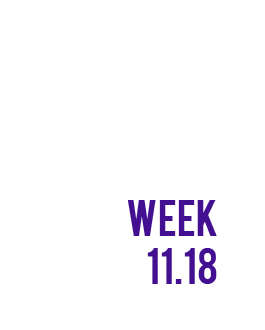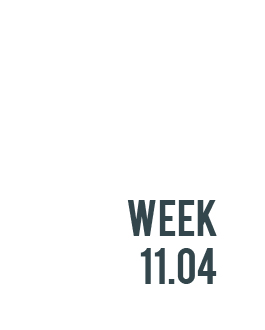
Here’s what the sports science team at IMeasureU is reading this week:
The first article this week comes from Alexandra Atack and colleagues in the Journal of Biomechanics. It is this article that Jaime Valadao and Dan Savin from the IMeasureU team reviewed in the video above. The authors aimed to identify differences in kicking leg and torso mechanics between groups of rugby place kickers who achieve different performance outcomes, and to understand why these features are associated with varying levels of success. This study identified important differences in kicking leg and torso mechanics between successful (long) kickers and less successful (either wide-left or short) kickers throughout the downswing of a rugby place kick.
The second article in this week’s list comes from Johan Lahti and colleagues in the Sports (Basel) Journal. The authors tested the hypothesis that the degree of adaptation to highly focused sprint training at opposite ends of the sprint Force-Velocity (FV) spectrum would be associated with initial sprint FV profile in rugby athletes. This study showed that initial FV properties influence the degree of mechanical response when training at different ends of the FV spectrum. Practitioners should consider utilizing the sprint FV profile to improve the individual effectiveness of resisted and assisted sprint training programs in high-level rugby athletes.
The final article comes from Salvatore Tedesco and colleagues in the Sports (Basel) Journal. This study aimed to investigate the ability of a set of inertial sensors worn on the lower-limbs by rugby players involved in a change-of-direction (COD) activity to differentiate between healthy and post-ACL groups via the use of machine learning. The results of this study demonstrate the feasibility of using body-worn motion sensors and machine learning approaches for the identification of post-ACL gait patterns in athletes performing sport tasks on-the-field even a number of years after the injury occurred.
For more sports science check out our blog for in-depth case studies and industry updates. Also, be sure to sign up for our newsletter below so you are always up to date with the latest research.




